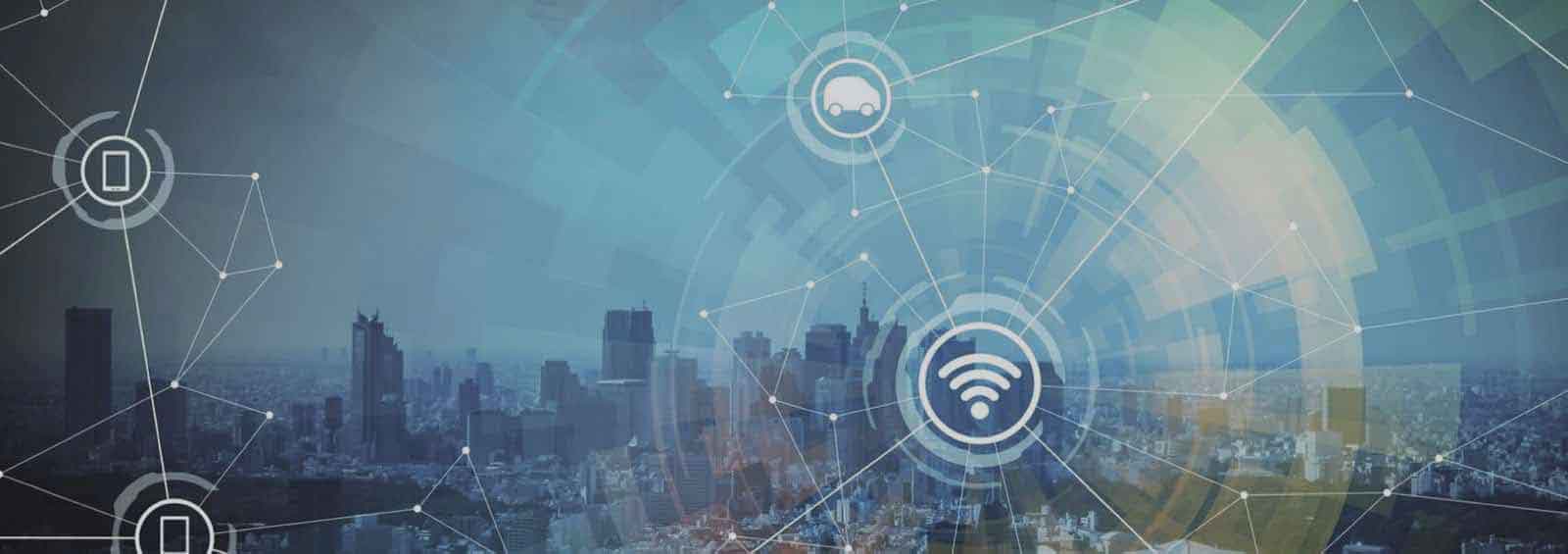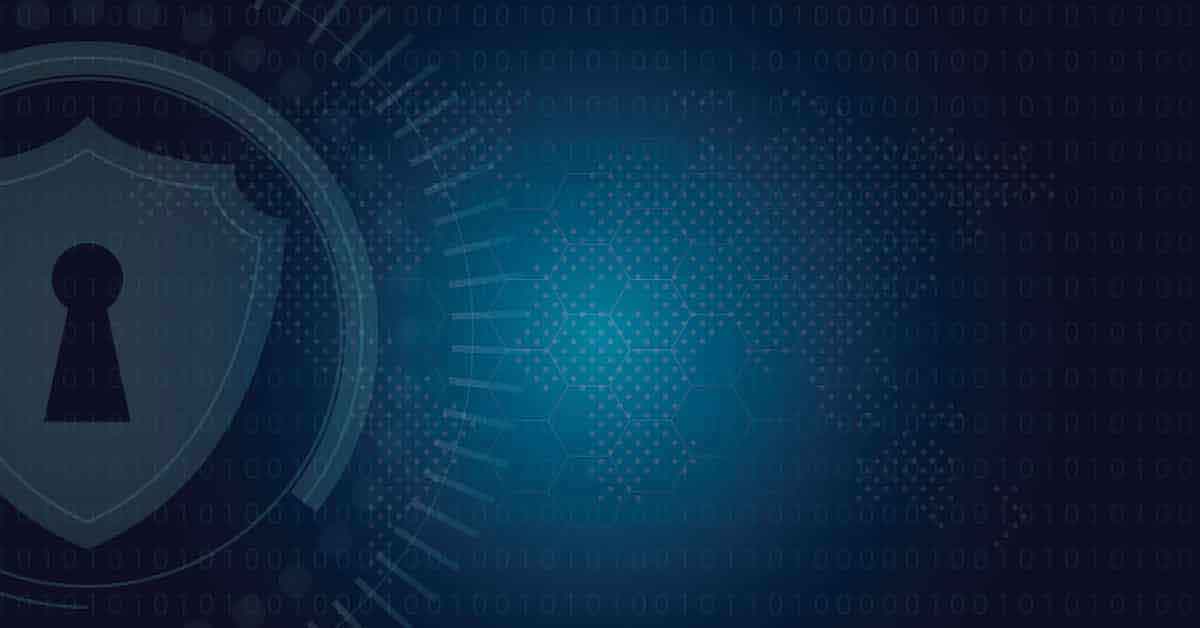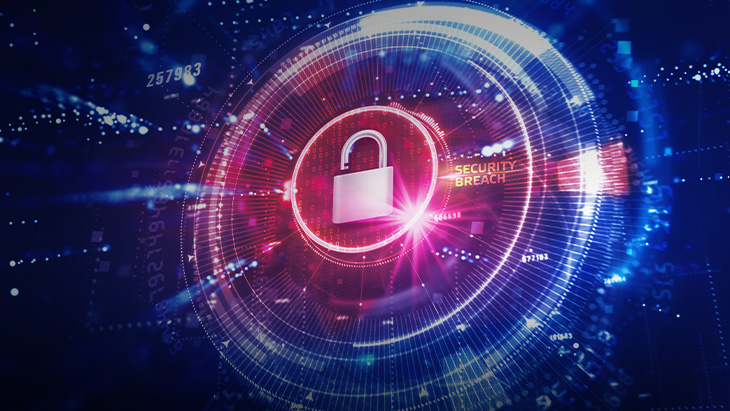
Things to Consider about Shared Accounts
The digital transformation that the business world is undergoing and the remote working era have jointly given rise to a series of cyber threats for organizations. One of them is shared accounts, which increase the risk of data exposure, and the cyber threats related to the supervision of these accounts. IT teams work with privileged accounts of authorized users and third parties in order to organize workflows, which leads to account sharing.
As a matter of fact, account sharing paves the way for data security problems since it requires operating with the same authorized account credentials to authenticate the identity of multiple users. At this point, the need to carry out necessary audit controls should be underlined. In today's world, where digital transformation and its various elements completely influence business life, it is highly important to be aware of the compliance and security risks related to shared accounts.
Before exploring what should be considered when using shared accounts, let's take a look at what is meant by shared accounts and their basic functions.
What are Shared Accounts?
Shared accounts can simply be defined as sources that use a single pair of credentials to authenticate multiple users. Shared accounts can also relate to the accounts jointly used by multiple employees who have privileged access authority.
Since they can connect to e-mail sources, servers, databases, and network tools within the IT infrastructure, shared accounts pose various kinds of cyber risks for organizations. Shared accounts can be used for applications, services, system log-ins, timed tasks, and access to common assets, and are one of the main reasons why organizations should establish an advanced access security system.
Risks and Challenges Caused by Shared Accounts
Shared accounts may expose organizations to numerous risks. These risks may turn into data breaches if the necessary cybersecurity measures are not taken. For this exact reason, evaluating the risks and challenges caused by these accounts is correctly of vital importance.
- Monitoring activities and visibility: One of the core premises of Privileged Access Management systems is detecting which sources are accessed by which users. Shared accounts create major gaps in the working order of this control mechanism. Monitoring activities and visibility are highly important for detecting shared accounts that have been compromised. Knowing which users were logged in during a critical data breach makes it easier to take measures.
- Resignation and changing departments: One of the challenges of controlling shared accounts is associated with employee resignation and change of departments. When an employee resigns or changes departments, the changes in credentials pose a threat to the organization because the credentials cannot be scaled, which, in turn, causes human errors.
- Re-sharing of shared credentials: This is one of the major challenges. The lack of monitoring of shared accounts creates an incomplete cybersecurity parameter for companies. As a result, sharing the employee credentials with persons who may take over these credentials becomes a problem, resulting in accounts being taken over and the credentials of privileged accounts falling into the hands of various actors.
Shared accounts are digital elements that require a high-level control system, as a natural result of being open to sharing between teams, individuals, departments, and organizations. All organizations need to utilize Privileged Access Management solutions and carefully monitor sensitive data stacks in every step of the workflow in order to effectively control user activities in their IT infrastructure and collect audit trails.
How to Control Shared Accounts?
There are numerous ways to control shared accounts. Privileged Access Management (PAM) solutions, which are prominent as they incorporate different ways to help organizations to establish a strong cybersecurity infrastructure. Before moving on to the operational principles of PAM systems, let's take a look at the four ways of controlling shared accounts.
- Discover and create profiles for a better control: You can use a network discovery engine to scan, identify, and create profiles for all the users and systems on the network. Utilizing a network discovery engine means automatically bringing all accounts under control. Identifying all the assets of the system, creating profiles and organizing them according to certain rules helps ensure that the control mechanism is working and increases the consistency of cybersecurity policies.
- Monitor sessions via full playback: Logging privileged sessions in real-time is one of the most efficient ways of controlling shared accounts. Logging the sessions in real-time makes it easier to detect and terminate suspicious account activities.
- Use a device-based, corporate password manager that offers a wide platform support: Make sure that the cybersecurity solution provider of your IT infrastructure oversees the privileged password and account management from a single server, while offering operating systems, applications, databases, devices and directory support.
- Make work easier with standard desktop tools: You should use standard desktop tools that support cybersecurity solutions, such as Microsoft Terminal Services Client, RDP, SSH, and PuTTY, and make your IT infrastructure open to integration with various cybersecurity applications.
Bring Shared Accounts Under Control with Privileged Access Management
Privileged Access Management (PAM) solutions make it easier to control shared accounts thanks to their advanced features. The Privileged Session Manager, Dynamic Password Controller, Two-Factor Authentication, Database Access Manager, Dynamic Data Masking and Privileged Task Automation modules found in an advanced PAM solution like Single Connect contribute to ensuring the cybersecurity of shared accounts.
- Privileged Session Manager: This module allows you to manage all sessions on the network from a single central platform. This way, all the activities of the authorized accounts are supervised throughout the network and potential data breaches can be prevented.
- Password Vault: This module, which makes it possible to control all the passwords on the network, also features a password vault. The password vault increases security by storing the passwords of authorized accounts isolated from the network.
- Multi-Factor Authentication (MFA): MFA requires simultaneous authentication of place and time from the users who want to access the network. After the authentication of place and time, the users are granted access if their privileged credentials match.
- Database Access Manager and Dynamic Data Masking: The database access manager module allows the real-time logging of every activity carried out on the network by database managers. The dynamic data masking feature, on the other hand, manages database access from a single point and provides role-based masking rules to restrict access to sensitive data.
- Privileged Task Automation: This module contributes to maintaining business continuity by automating routine tasks within the network. Automating routine tasks plays a significant role in eliminating human errors.
Our Privileged Access Manager solution, Single Connect, protects your organization at the ultimate level against cybersecurity threats that may be caused by shared accounts. Single Connect helps you to establish an advanced cybersecurity infrastructure thanks to its high-tech features. Feel free to contact our PAM expert team and learn more about the unique features of Single Connect.
Other Blogs













